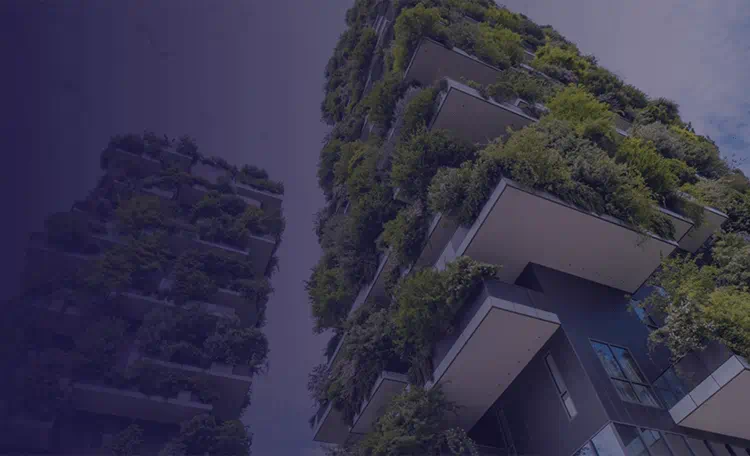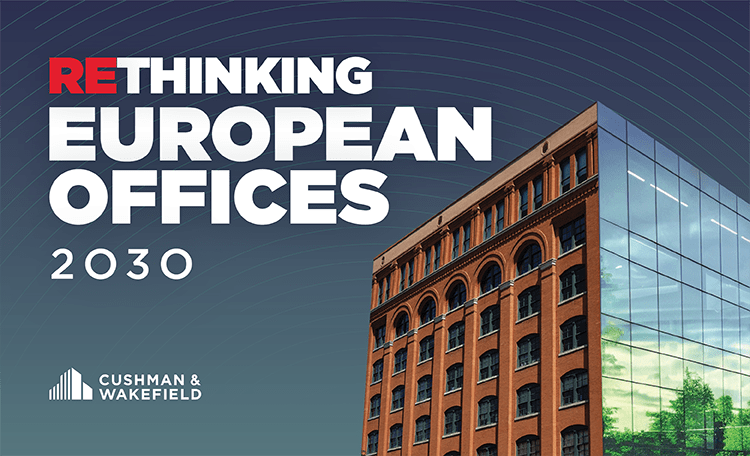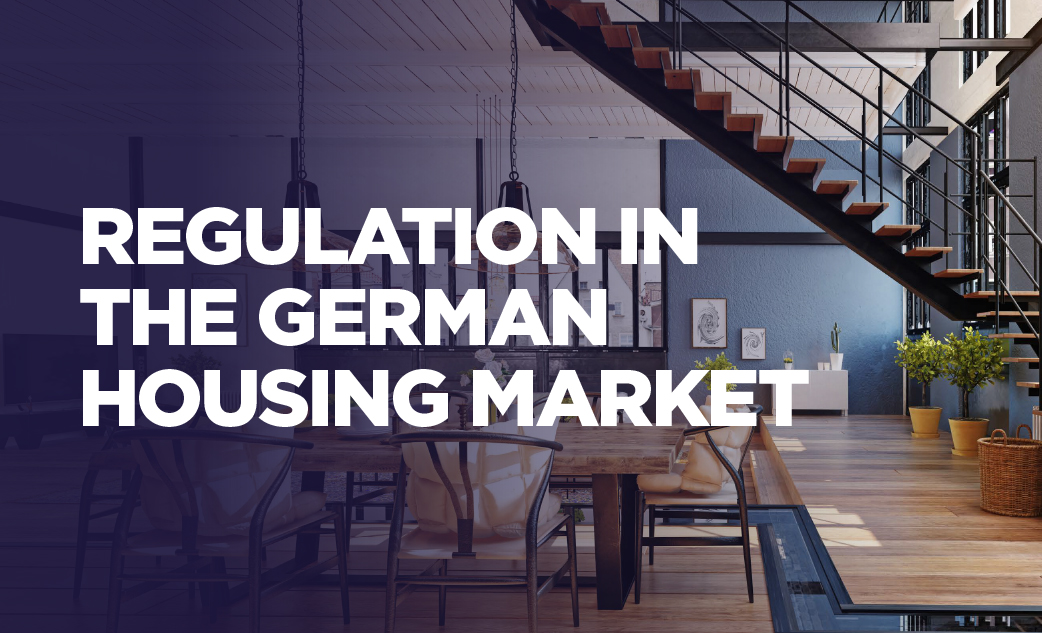There are over 15,000 care properties and an ever-increasing number of facilities in the assisted living segment in Germany. While the care property asset class was still a niche product in Germany a few years ago, it has now become the number one growth segment and a sought-after investment product by numerous institutional investors. This is underlined by the investment volume of €1.35 billion to the end of Q3 2021, despite being limited by an acute lack of available product, according to findings of the latest care real estate report by international real estate consultancy Cushman & Wakefield (C&W).
"In 2020, the prime yield on care home transactions was 4 per cent. We expect compression to below this level by the end of 2021. This is because investors’ desire to strengthen the diversification of their portfolios through healthcare real estate is increasing," says Jan-Bastian Knod, Head of Healthcare Advisory & Head of Residential Advisory at C&W, describing the current market situation.
In addition to the demographic developments in Germany, the Covid-19 pandemic has confirmed the systemic relevance of care properties and thus further increased investor interest. This is reflected in the market: while special investors dominated transaction activity a few years ago, institutional investors have now established themselves as important market participants. In a real estate market unsettled by Covid-19, they are increasingly turning to care properties, which offer a high degree of stability and predictability due to the long-term indexed leases.
Rapid increase in transaction volume and portfolio deals
This development was underlined by the record transaction volume for care properties in 2020. At around 3.16 billion euros, this value was not only the highest of the past ten years, but also represented an increase of 88 percent compared to 2019. C&W also attributes this extremely high transaction volume to the increased proportion of portfolio transactions, which accounted for around 78 percent of transaction volume in 2020.
Location beats modernity
Existing properties, even those with maintenance backlogs, are attractive for investors - as long as the location is right. The same applies to development projects and forward deals with a project planning horizon of up to 36 months. Especially in parts of eastern Germany, North Rhine-Westphalia and Baden-Wurttemberg, developments and modernisations are perceived as lucrative, as the existing properties there have above-average occupancy rates and demand continues to grow. However, according to the C&W care barometer, care properties in Potsdam in Brandenburg and in the districts of Emsland and Osterholz in Lower Saxony are currently at the top of the list of 401 German districts in terms of future viability.
Market for care real estate with high growth potential
Due to Germany’s ageing society, the demand for inpatient nursing homes as well as alternative forms of care accommodation is growing, and with it the opportunities for stable investments in properties in this asset class. For example, one in three people in Germany was already older than 60 in 2019. This proportion will continue to increase in the short term when the baby boomers - the cohorts born between 1946 and 1967 - reach retirement age and successively increase demand for care services.
Only two percent of apartments in Germany are barrier-free
The demand for different types of care real estate is broadly diverse in Germany. According to the Federal Statistical Office, for example, only two percent of all apartments in Germany were barrier-free in 2018 - that is only about 740,000 apartments. According to KfW Research, there will therefore be a shortage of around two million more age-appropriate apartments by 2035.
In addition, the number of nursing homes grew by a total of 32 percent from 2009 to 2019. In the same period, however, the number of nursing homes with attached residential facilities rose by only 12 percent. This means that only about 17 percent of all nursing homes have an affiliated residential facility. There is therefore significant investment potential here as well.
"Independent living facilities including care services that are not attached to a facility increased by 31 percent in the period under consideration. This is because most people want to live independently in their own four walls for as long as possible. The developers of care properties also know this. That is why in 2020 alone, around 340 development projects in the area of 'assisted living' were under construction and another 390 were in the planning stage, and the trend is still accelerating," Jan-Bastian Knod comments on the current developments.
There are also over 7,000 of these facilities in operation. Together they comprise about 315,000 units.
Download the full report.






